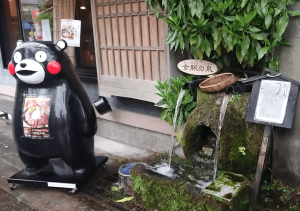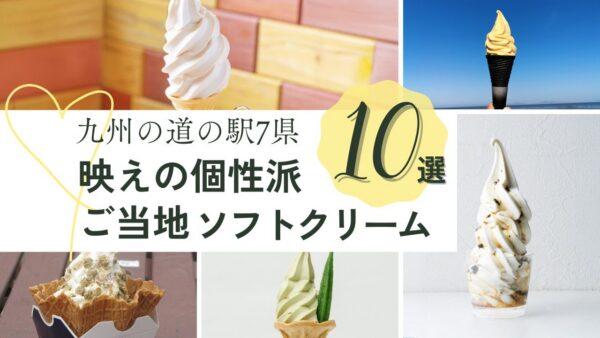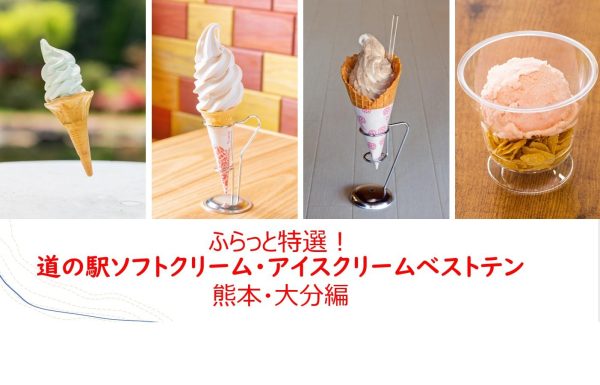Let's go to Flower Blooming Temples! Best 8 Flowering Temples in Kyushu
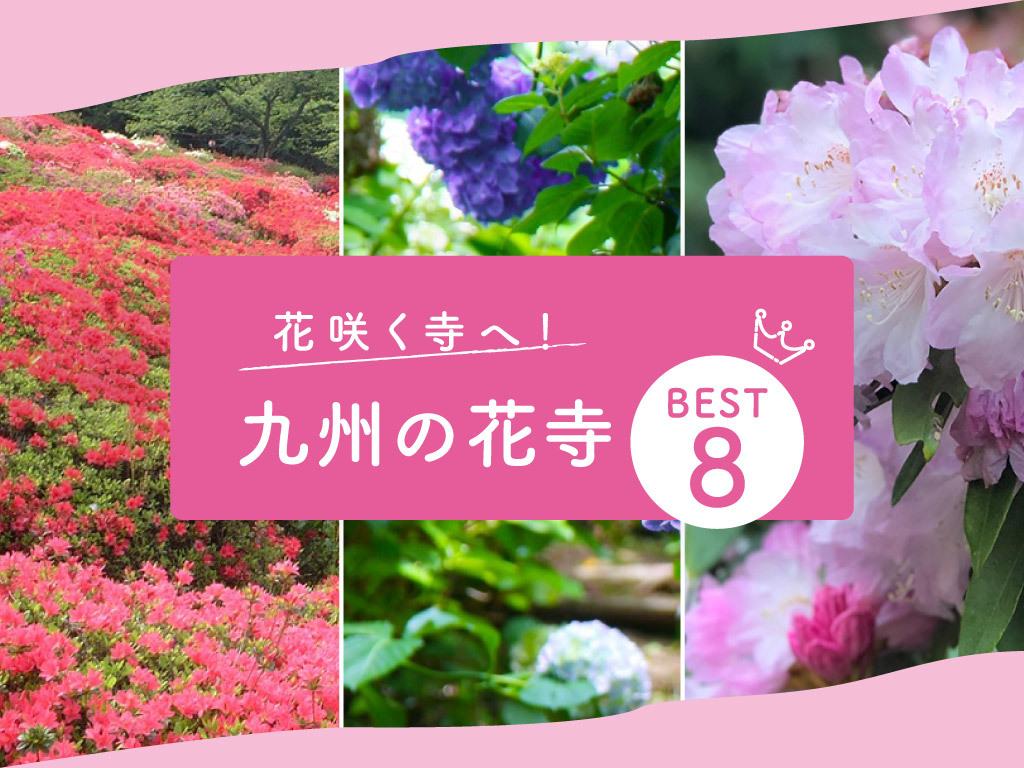
Soon spring will be in full bloom. It is the season for colorful flowers to bloom. Next to cherry blossoms, rhododendrons, azaleas, wisteria, and hydrangeas will be in full bloom. Hana Koen (flower parks) are nice, but isn't it also elegant to see flowers at temples, such as old and famous temples? Here are eight flower temples in Kyushu. Rhododendron and azalea festivals are also held at some temples, so be sure to visit them!
Jinkokuji Temple / Munakata City
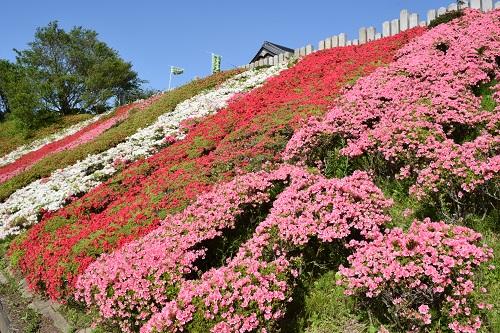
Temple of flowers and prayers founded by Kobo Daishi
It is known as the first temple founded in Japan by Kukai (Kobo Daishi) after he returned from Tang Dynasty China, where he practiced asceticism after visiting Munakata Taisha Shrine. The temple is also famous for its beautiful flowers throughout the year and is called the "temple of flowers and prayers. Camellias in early spring, cherry blossoms at the end of March, and rhododendrons, shagas, and azaleas in April are in full bloom. The temple has a standing statue of Fudo Myoo (designated as a national important cultural property), which is said to have been made by Kobo Daishi, as well as Gobutsudo (designated as a prefectural cultural property) and Gomado (a gomado).
| Location | 966 Yoshida, Munakata City, Fukuoka |
|---|---|
| phone | 0940-62-0111 |
| Visiting Hours | 9:00-17:00 (please inquire) |
| supplementary information | Related URL:. Jinkokuji Temple Official Website |
Jorinji Temple/Omuta City
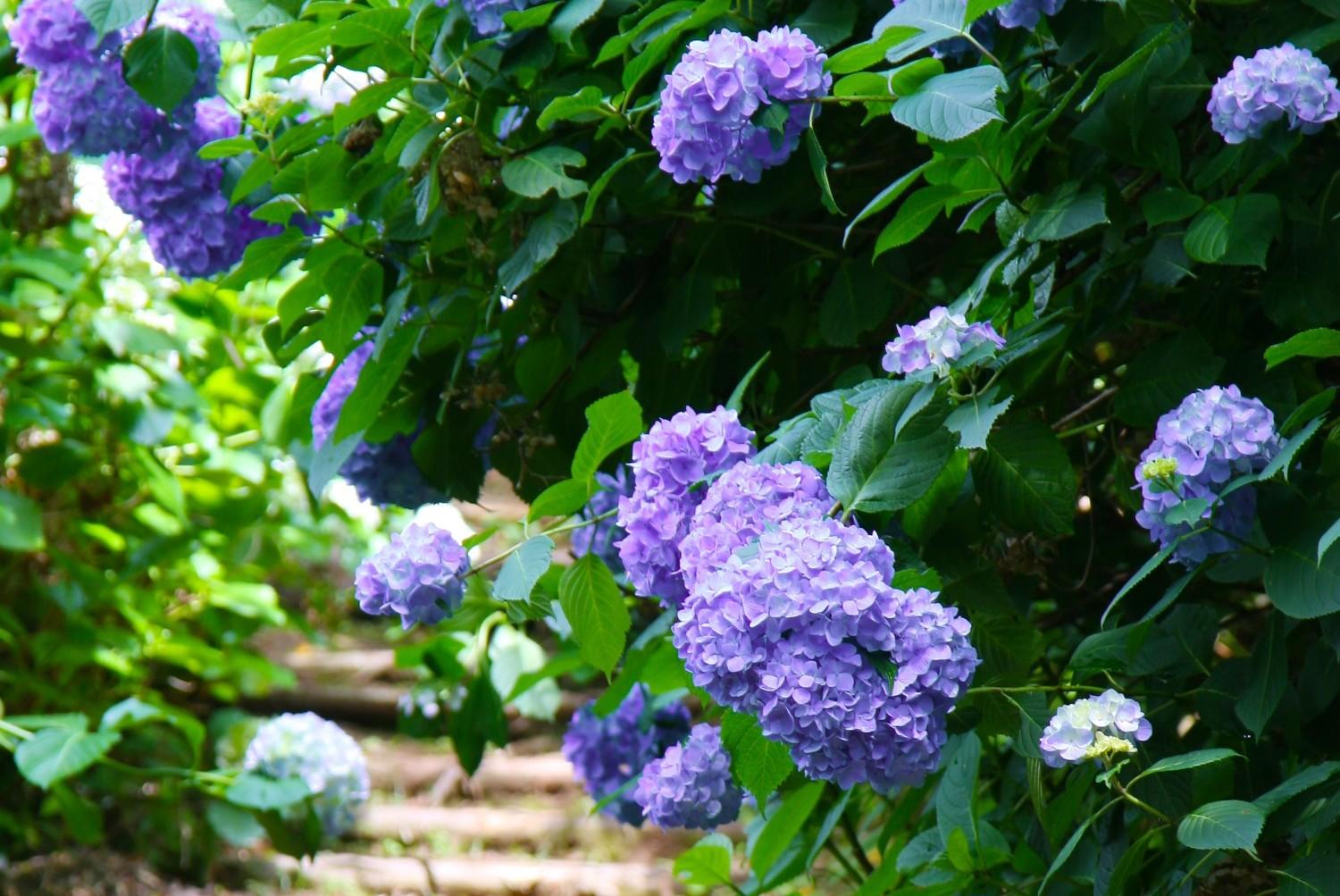
Hydrangeas blooming in the garden of a 1,000-year-old temple
Jorin-ji Temple, located halfway up Mt. Miike in front of Fukou-ji Temple, is the family temple of the medieval Miike clan. It is said to have been built in 1199. The eastern garden of the temple grounds is called "Lei Tei," and colorful hydrangeas are planted on the remains of ancient fallen rocks. The Lei Garden is open to the public during the hydrangea blooming season as part of the "Hydrangea Festival. This year's "Hydrangea Festival" will be held from May 31 to June 15. The Miike Memorial Pagoda, the five-ringed pagoda, and other stone pagodas in the precincts of the temple also have the atmosphere of an old temple. Please note that due to a lack of parking space, visitors are urged to take the local bus bound for Fukouji Temple during the hydrangea blooming season, when many visitors come to see the flowers. (Photo courtesy of Omuta City)
| Location | 1878 Imayama, Omuta City, Fukuoka Prefecture |
|---|---|
| phone | 0944-54-7501 |
| Visiting Hours | 9:00-17:00 |
Daiko Zenji Temple/Kiyama Town
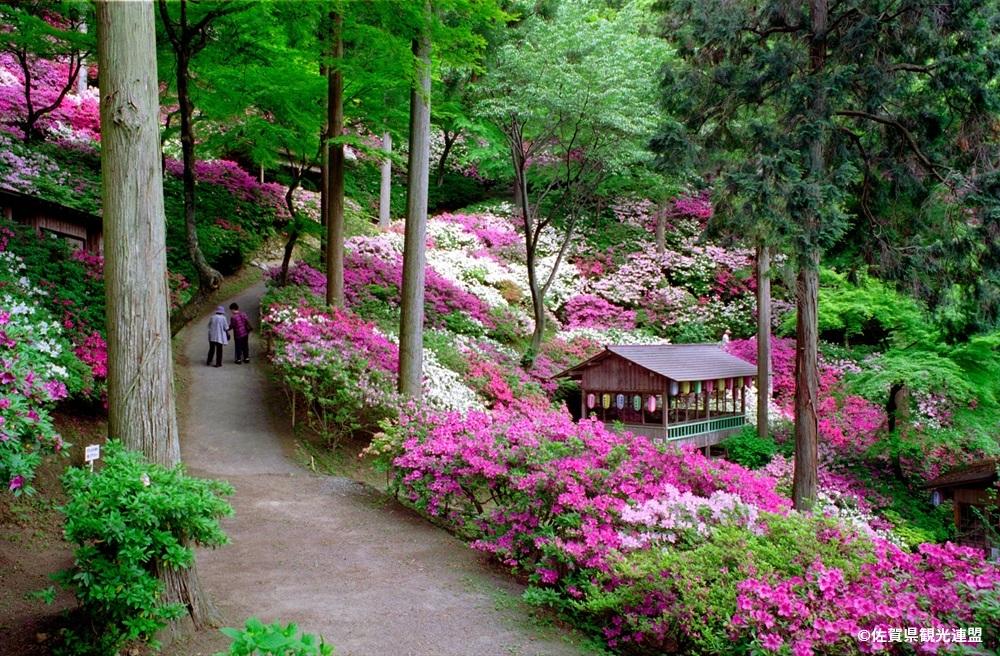
When it comes to azalea temples, there is no doubt about it!
This Tendai sect temple is said to have originated in 717, the first year of the Nara period (710-784), when the high priest Gyoki built a hermitage here and created a statue of the eleven-faced Avalokitesvara Bodhisattva. The eleven-faced statue of Kannon is a hidden Buddha and is displayed to the public once every 12 years in the year of the horse. In the Taisho era (1912-1926), the temple reclaimed the mountain behind the main hall and planted 50,000 azaleas, which gave rise to the temple's other name, "Tsutsuji-dera. At the entrance of the temple, azaleas are planted on both sides of the 127-step "Kibo no Saka" stone staircase, and in the "Qi-en" garden at the foot of Mt. Every year from mid-April to early May, the "Azalea Festival" is held, and the statues of Tamonten (Bishamonten) and Hiromokuten (Hiromokuten), nationally designated important cultural properties, are specially exhibited.
| Location | 3628 Sonobe, Kiyama-cho, Miyagi-gun, Saga |
|---|---|
| phone | 0942-92-2627 |
| Business Hours | 8:30-18:00 (Qiyuan) |
| Charge | Adults 600 yen, Elementary and junior high school students 300 yen |
| supplementary information | Related URL:. Daikozenji Temple Official Website |
Jotokuji Temple/Kanzaki-shi

The 400-year-old Benzaiten rhododendron is the flower of legend!
The temple was founded in 1689 by "Inquisitor", a monk of Sefuri Senbo, and is a member of the Honganji sect of Shinshu Jodo Buddhism. Currently, there are two main halls, the old and the new, and the old hall is open to the public as the Rhododendron Temple. The gently sloping hills behind the temple are planted with about 10,000 rhododendrons of 20 different varieties, and the rhododendron forest has been selected as one of Saga's 100 scenic spots. Among them, the 400-year-old Benzaiten rhododendron is designated as one of Saga Prefecture's famous trees, with a height of 6 meters and a crown of 6.5 meters, making it a spectacular sight. According to legend, Benzaiten secretly picked a rhododendron on Mount Echizen, and when he returned it to the Tengu of Mount Echizen, he dropped a single rhododendron on Mt. The 2025 Rhododendron Festival will be held from April 19 to May 6. Tea is served in the main hall.
| Location (Old Main Rhododendron Temple) | 950 Hattori, Sefuri-cho, Kanzaki-shi, Saga |
|---|---|
| Phone (Old Main Rhododendron Temple) | 0952-59-2317 |
| Visiting Hours | 8:00 - 16:00 Admission: 500 yen for high school students and older, free for junior high school students and younger |
| supplementary information | Related URL:. Jotokuji Temple Official Website |
(Saifuku) Temple / Iki City
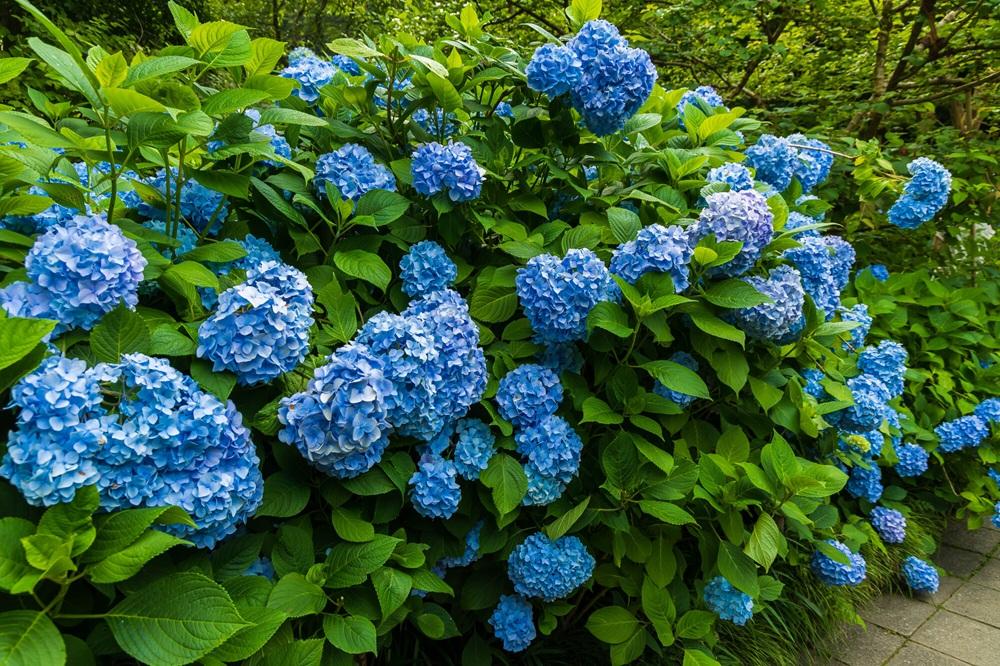
The hydrangea is beautiful, but I'm also interested in the bent bamboo.
Saifukuji Temple is a temple of the Rinzai sect of Zen Buddhism, but it is known locally as the "hydrangea temple. More than 1,000 hydrangeas of about 25 species are planted in the grounds, including the hill behind the temple, and they are in full bloom in a variety of colors and shapes. A walking trail has been created on the hill behind the temple so that visitors can enjoy viewing the hydrangeas. Also on this back hill is a moss garden where mousou bamboo with crooked joints can be seen. It is a curious reason why the bamboo is bent, since it is often described as being as straight as a bamboo. Why don't you enjoy a moment of elegance with a heart-shaped water pot or a "suikinkutsu," a water cave where you can listen to the sound of water drops in a jar buried in the ground?
| Location | 128 Nishikatari, Tsutsushiro, Ishida-cho, Iki City, Nagasaki, Japan |
|---|---|
| phone | 0920-44-5956 |
| Visiting Hours | None in particular (until sunset) |
Nichirinji Temple / Yamaga City
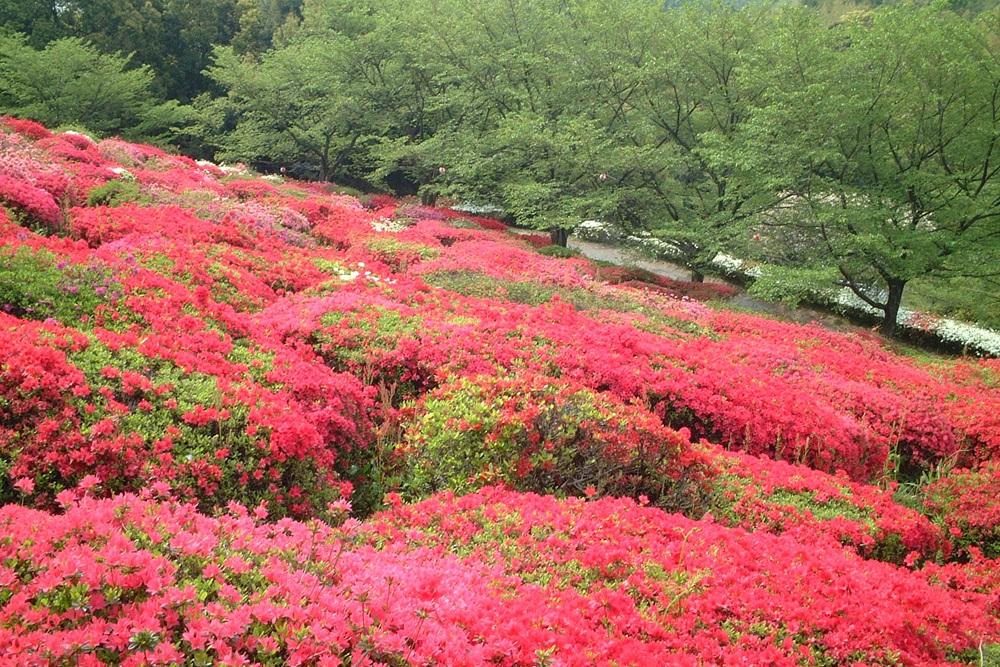
When we planted azaleas, a burial mound appeared⁉
Nichirinji Temple was founded in the Heian period (794-1185) as a temple of the Tendai sect of Buddhism and was converted to the Soto sect in the Kamakura period (1185-1333). Since then, the temple has been generously patronized by successive lords. The hill behind the temple is famous for its approximately 200 cherry trees and 35,000 azalea plants. There are three varieties of azaleas: kurume, yodogawa, and satsuki. In 1969, during the construction of an azalea nursery garden on the hill behind the temple, the Ryuohzan burial mound, which dates back to the early Kofun period, was discovered. On the hill behind the burial mound stands a giant petting Buddha, "Obinzuru-sama," which rises at an angle. There are many historical sites within the grounds of the temple, the most famous of which is the hair tower where the hair of Oishi Kuranosuke Yoshio, an Ako Roshi (a samurai in the Ako clan), and 17 other deceased warriors, who were in the custody of the Hosokawa clan, were kept.
| Location | 1607 Sugi, Yamaga City, Kumamoto Prefecture |
|---|---|
| phone | 0968-43-5802 |
| Visiting Hours | 9:00-18:00 |
Chouanji Temple / Bungo Takada City
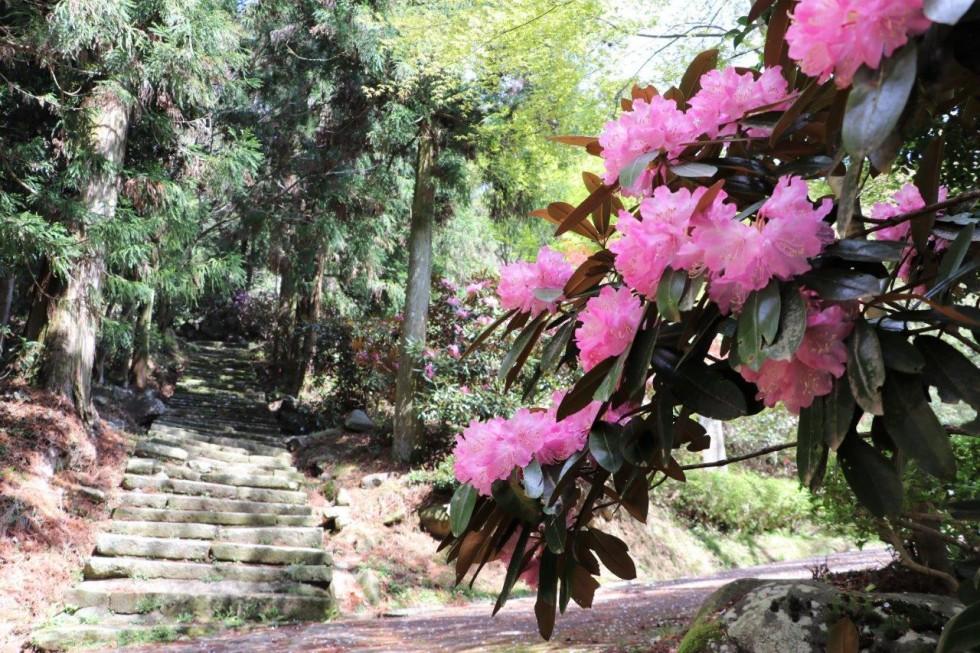
Rhododendrons blooming at an old temple of great prosperity
A temple of the Tendai sect, it developed in the Heian period (794-1185), replacing Kozanji Temple, which declined. The temple had 1,000 monks from the Heian to Kamakura periods, and prospered as a prayer temple for the shogun family during the Kamakura period. The temple houses a statue of Tarotendo, a national important cultural property, and a copper plate Lotus Sutra. The temple is also known as the "Flowering Cho-an-ji Temple," where rhododendrons, hydrangeas, and maple trees can be enjoyed throughout the year. 10,000 Japanese rhododendrons and Western rhododendrons bloom in April. The pink Japanese rhododendrons turn white as they bloom, and the change in color is also an enjoyable experience. The best time to view the flowers is until GW every year. After that, the hydrangeas are in bloom.
| Location | 635 Karegawa, Bungotakada City, Oita Prefecture |
|---|---|
| phone | 0978-27-3842 |
| Visiting Hours | 8:00-17:00 |
Seiryuji Temple / Ibusuki City
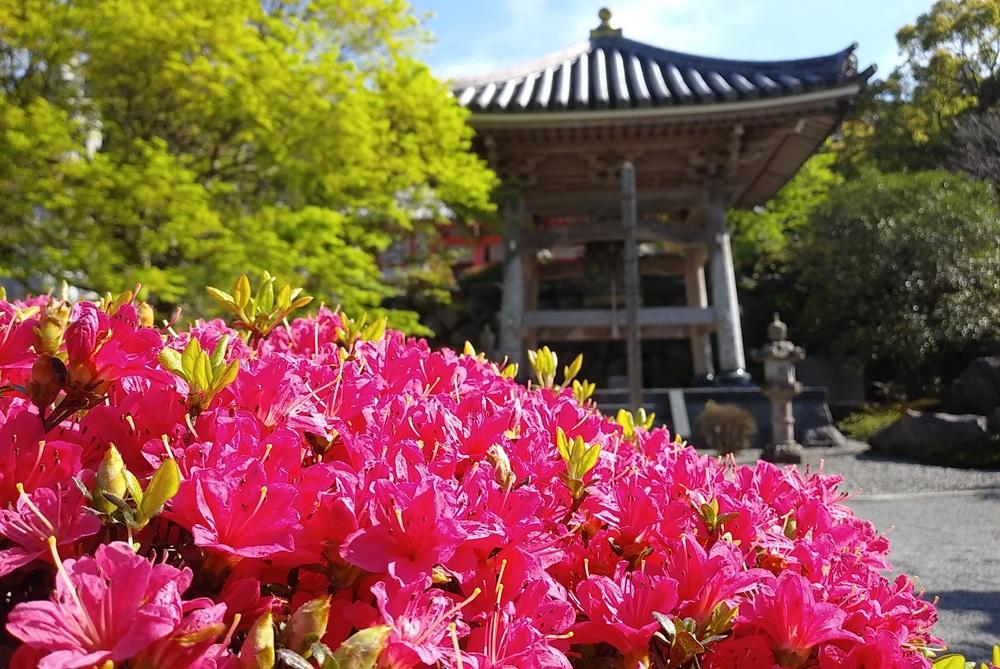
Tour flowers in a vast temple and take a break at a temple café.
Seiryuji Temple, a Shingon sect temple, is still new, having been established in 1990. It is located in the mountains at an elevation of 300 meters above sea level, on a site covering an area of 30,000 tsubo. The temple has about 20 full-scale buildings, which is rare in Kyushu, and a Japanese garden created by Buddhist monks. The garden is decorated with stones and moss, including a 35-ton boulder, and stone lanterns several hundred years old, as well as flowers of the four seasons. Starting with weeping cherry blossoms, the garden is decorated with azaleas and rhododendrons in spring, and hydrangeas in the rainy season. There is also a temple café, "café Shogetsu," a soba/udon noodle restaurant, "Terugetsuan," and a Japanese confectionery, "Kodaian," which are recommended for a break from visiting the temple.
| Location | 1874-9 Komaki, Ibusuki City, Kagoshima Prefecture |
|---|---|
| phone | 0993-26-2306 |
| Visiting Hours | 9:00-17:00 Admission: 500 yen for junior high school students and older, 200 yen for elementary school students |
| supplementary information | Related URL:. Fudozan Seiryuji Temple Official Website |
In the spring of 2025, please visit a hana-dera to feast your eyes and your soul. Please let us know if you know of any other great flower temples.

